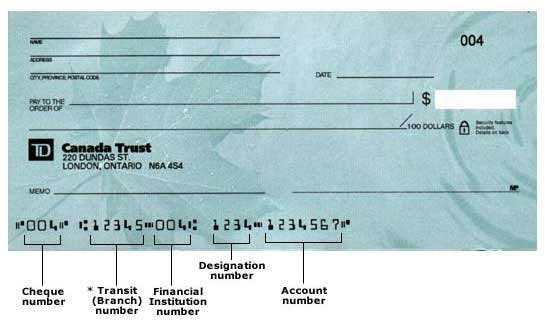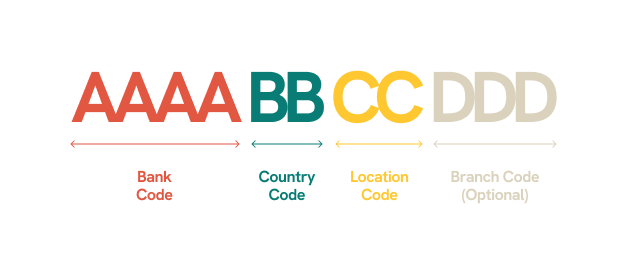If you need to transfer money to Canada, chances are you might have already run into this “transit code” already, alongside the 3-digit financial institution number and the 7-12 digit account number.
And they are mostly used in the U.S. and Canada.
But what is a transit code exactly?
What is a Transit Code exactly?
Essentially, a transit code typically consists of a 9-digit number.
But for Canada, it’s actually a 5-digit branch transit number.
Each bank, including investment bank, retail bank, or credit unions, was issued with a certain branch transit number and what it does is that it represents a certain financial institution.
It’s mostly used for sending or receiving money or any kind of money transfers between different banks.
One thing you should notice though is that the numbers issued are only uniquely-owned by the bank, so chances are if your friend and you both opened a checking account, you are most likely to share the same routing number on your checks. The only difference is just your account number.
What format will it appear in?
Transit number → financial institution number → account number
- Transit number: a 5-digit number that identifies the branch at which you opened your account at. (It is not the same as the IBAN number or account number)
- Financial institution number: a 3-digit number that represents the bank that you use
- Account number: a 7-12 digit number that shows your individual account. (If they require a 7-digit number and you only have 6, simply add an extra “0” in front of it.)
And here’s what a Canadian transit code would look like:

So, what does it do and why should I care?
Truth is, a lot of bank transaction services won’t be possible if you don’t have a transit code.
Direct transfers, wire transfers, ACH, and more all require some sort of transit code.
So it’s safe to say that it’s a necessity for you to conduct any type of transfers.
In Canada, a lot of these transit codes are being integrated into IBAN, SWIFT, or international bank identifiers.
So some of the banks probably wouldn’t require a separate transit number.
But if you’re doing international payments for your business or for other purposes through direct bank transfers, chances are you’re most likely needing to know and provide the transit number to the bank.
Here’s what a SWIFT code looks like:

Transit codes also work as a unique number for you to distinguish which bank you’re sending the money to.
There are over 28,000 financial institutions like Chase, and some of them have incredibly similar names to it.
It's easy for you to mix them up and send the payment to the wrong branch, which is something that you definitely don’t want to mix up.
And so each bank is issued with a specific set of numbers that are specific to that one bank to ensure the clarity of the payment/transfer process.
What is the difference between Routing Number and Transit Number?
Well, essentially, they are the same thing. They are called by many different names. Here’s a list of the common terms for “transit codes” below:
- RTN number
- ABA number
- Aba routing number
- Routing number
- Bank routing number
- Cheque routing number
- Fedwire number
- Local routing number
How to find your Bank Transit Number
Normally, you can find your transit number on your online bank portal or in your bank statement. But there are also some other places you can look for as well.
Cheque book
If you look at the bottom left corner of your check book, you should see a 9-digit transit number printed on it (that’s if you have a Canadian bank account).
If you still can’t see it, there are other ways you can do it
- Visiting your bank’s website
- Calling the customer rep of your local bank
- In-person visit to the bank of your local bank
There are some banks that have different transit numbers according to the state you’re registering the account in or the type of transfers you do like paper transfers or electronic funds transfers (EFTs).
So you should pay attention to the regulations of your local bank.
Are you looking for an easier international payment solution for your business without all the hassle?
FAQs
What is a Transit Code exactly?
Essentially, a transit code typically consists of a 9-digit number. Each bank, including investment bank, retail bank, or credit unions, was issued with a certain branch transit number and what it does is that it represents a certain financial institution.






